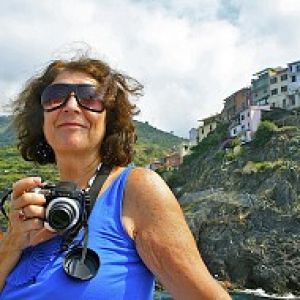Day 23 - The Stone Ship and Reso
Last night #3 daughter sent a picture of Nathaniel’s library book - “Oliver Twist”, 574 pages of it. It’ll be a challenge for an 8 year old, considering his mum had barely graduated from “Ned the Donkey”. He read her the first chapter last night. Rather her than me!
We got rid of the black and grey waste after finally finding the point near McDonalds, between two filling stations, then headed for E6, the motorway south, (with tolls), going through Oslo. We did not even try to visit - we headed for the Swedish border.
No sooner had we got to Sweden than we turned off the main road to visit Blomsholm. We parked up at the beginning of Galaravagen, the route used by Karl XIl in 1718 to transport 12 galleys from the Skaggerat at Strömstad by land to Idefjorden. The operation required the efforts of 800 soldiers and took two and a half months. The purpose was to reinforce the army, prior to launching an attack on the fortress of Fredriksten.
We were there to see the Stone Ship which is more than 40 metres long and is surrounded by a grave field with around twenty graves. These probably date back to the later part of the Iron Age, around 400-600 AD. The Stone Ship, 'Stenskeppet’, is one of the largest in Sweden and a prehistoric grave. 'Stenskeppet' has not been excavated and there are no known finds which can be attributed to it. Stone ships have been used as graves; perhaps they symbolised the final journey. The oldest stone ships in the west of Sweden were erected during the Bronze Age, however at that time they were covered in soil or stones. Stenskeppet at Blomsholm was never covered in soil or stones. Instead, it was designed to be visible. Just like in other parts of Bohuslän, the stone ship is not by itself. Urns containing burned bones have been found in the grave field. Two cup marks have been carved into a stone by one - we have many cup and ring marks in Northumberland but their purpose is not known.
After visiting the ship the walk took us uphill to a wood with oak and pines. The bracken had already turned russet. By the edge of the wood, on the hill, there were a large number of graves from the Iron Age, We also saw two monoliths, a prehistoric type of grave which is fairly common in Bohuslan. (Monoliths can either be freestanding or part of a burial mound or a stone circle.)
On our way to find a place to park for the night, driving through Kosterhavet, Sweden’s first marine NP, we stumbled upon a real gem, the little fishing community of Reso. Its roots go back to the 16th century, and this fishing legacy is maintained, lobster and prawn being the village’s main source of income.
We weren’t allowed to stay overnight there but we could park for a couple of hours, so we had a scramble up some of the rounded granite outcrops from where we got a real sense of sheltered position of the village. The sky was blue and the sea shimmered brightly, highlighting the red-hued huts.
I’m writing my blip sitting in the sun where we are parked up, a few miles from Reso in front of a field overlooking a little bay. It’s so relaxing in Sweden - well not yet for Mr C who is washing the van - it got very dirty on the bad road yesterday.
- 39
- 1
- Apple iPhone XS Max
- 1/2500
- f/1.8
- 4mm
- 25

Comments
Sign in or get an account to comment.


